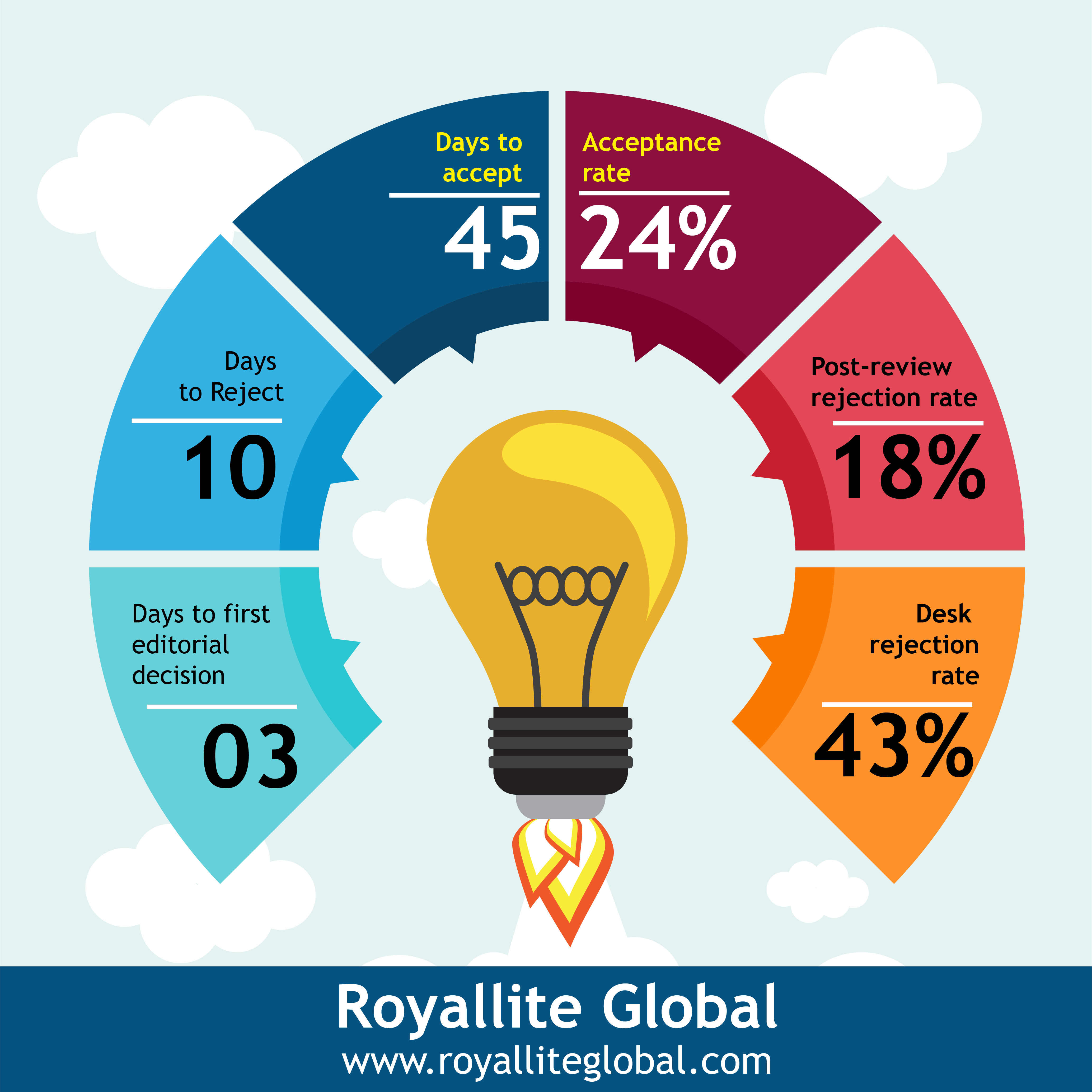Inherent complements as source of disambiguation of multi-meaning verbs in Bono
Abstract
This study is an investigation of multi-meaning verbs in the Bono dialect of the Akan (Kwa, Niger-Congo) language. The study further explores certain verbs in Bono whose meanings are conditioned by a specific inflectional form. Using Type Craft annotated data from ethnographic investigation of fifteen native speakers of Bono, we discuss issues regarding these verbs and categorize them into homonyms and polysemes based on their relatedness. The findings indicate that many Bono verbs change their meaning as soon as the complement changes which superficially presupposes that the verb is meaningless. However, in reality such verbs are meaningful, but that Bono has many homograph verbs which need linguistic contexts for disambiguation. It was observed that as much as the change of a complement leads to a change in meaning; in the same way the change of a verb brings about a meaning change. It was also established that the verbs bu ‘respect’, boa ‘lie’, de ‘called’, ho ‘get it’, occur only in the present form, and that they form past tense either through a past marker na or settle for a synonym. The verb Ho cannot form negation and can only occur in an imperative construction. But just like the others it occupies the slot of a verb in a construction.
References
Abakah, E. N. (2004). The Segmental and Tone Melodies of Akan. A PhD Thesis Presented to the Department of Language and Communication Studies, Norwegian University of Science and Technology (NTNU) for a Doctor of Philosophy Degree
Aidoo, B. J. (1971). The Linguistic Differences between Asante and Bono of the Sunyani Area. A Long Essay submitted to the Dept. of Linguistics, University of Ghana.
Ameka, F. (1994). Areal conversational routines and cross-cultural communication in a multilingual society. Intercultural Communication. Bern: Peter Lang, 441-469.
Ampah, C. S. (2004). The Impact of the Asante dialect on the Bono dialect of Akan, A long essay submitted to the Dept. of Linguistics, University of Ghana.
Azuma, T., & Van Orden, G. C. (1995). Why SAFE is better than FAST: Relatedness between a word’s meanings affects lexical decision performance. Manuscript submitted for publication.
Baah, J. (2015). Iconicity in Verb Serialisation: Re-analyzing Akan SVCs. Thesis submitted to the Department of Linguistics, Literature and Aesthetic Studies, University of Bergen, Norway.
Baah, J. (2005). A Comparative Study of the Dormaa, Sunyani and Techiman Sub-dialects of Bono, A long essay submitted to the Dept. of Linguistics, University of Ghana.
Boadi, L. A. (2005). Three Major Syntactic Structures in Akan. Black Mask Limited, Accra: Ghana
Bota, G. (2002). Some Aspects of Bono Phonology: An Auto-segmental Analysis. An MPhil Thesis submitted to the Dept. of Linguistics, University of Ghana
Dolphyne, F. A. (1982). Language Use among the Brongs of Ghana. The Journal of West African Linguistics. XII, 1, 52-57.-
Dolphyne, F. A. (1979). The Brong (Bono) Dialect of Akan. Brong Kyempem, ed. A. Arhin, Accra: Afram Publications.
Essegbey, J. (1999). Inherent Complement Verbs Revisited: Towards an understanding of Argument Structure in Ewe. Ponsen and Looijen Bv, Wageningen.
Essegbey, J. (1994). Anaphoric phenomena in Ewe. MPhill Thesis. University of Trondheim.
Hino, Y., Kusunose, Y., & Lupker, S. J. (2010). The relatedness-of-meaning effect for ambiguous words in lexical-decision tasks: When does relatedness matter? Canadian Journal of Experimental Psychology/Revue canadienne de psychologie expérimentale, 64(3), 180.
Hino, Y., Pexman, P. M., & Lupker, S. J. (2006). Ambiguity and relatedness effects in semantic tasks: Are they due to semantic coding? Journal of Memory and Language, 55(2), 247-273.
Nwachukwu, P. A. (1985). Inherent complement verbs in Igbo. Journal of the Linguistics.
Osam, E. K. (2004). The Trondheim Lectures. An Introduction to the Structure of Akan: Its Verbal and Multi-verbal Systems. Accra: Combert impressions.
Osam, E. K. (1994). Aspects of Akan Grammar: A Functional Perspective. Presented to the Department of Linguistics and the Graduate School of the University of Oregon for the Degree of Doctor of Philosophy.
Osam, E. K. (2003). An introduction to the verbal and multi-verbal system of Akan. In Proceedings of the workshop on Multi-Verb Constructions Trondheim Summer School (Vol. 1, p. 29).
The Akan Dictionary. (2006). Department of Linguistics, University of Ghana. Printed by Combert Impressions.
Saethero, E., & Hellan, E. (1996). Minimal verbs in Serial Verb Construction. (Verb meanings never die). Paper presented at the 26th CALL, Leiden Universiteit.
Seddo, S. (1987). The Morphology of Ewe Verb. MA Project Paper, Department of Linguistics, Cambridge University.
Tuffour, A. D. (2020). The Position of Bono Dialect in Presumable Future in Atebubu Municipality in Ghana. Research Journal in African Languages, 1(1), 4-21
Yapo, J. B. (2006). Towards a Categorisation of Verbs with Intrinsic XP: A First Approach through Ivorian Kwa Languages. In M.E. Kropp Dakubu et al (ed) 2007. Studies in the Languages of the Volta Basin Vol.4. Department of Linguistics, Legon.
Downloads
Published
Issue
Section
License
Copyright (c) 2020 Johnson Baah, Cecilia Agyei Agyemang, paul Anning, Mohammed Issaka

This work is licensed under a Creative Commons Attribution-NonCommercial-ShareAlike 4.0 International License.
This open-access article is distributed under a Creative Commons Attribution (CC-BY) 4.0 license.
You are free to: Share — copy and redistribute the material in any medium or format. Adapt — remix, transform, and build upon the material for any purpose, even commercially. The licensor cannot revoke these freedoms as long as you follow the license terms.
Under the following terms: Attribution — You must give appropriate credit, provide a link to the license, and indicate if changes were made. You may do so in any reasonable manner, but not in any way that suggests the licensor endorses you or your use.
No additional restrictions You may not apply legal terms or technological measures that legally restrict others from doing anything the license permits.






